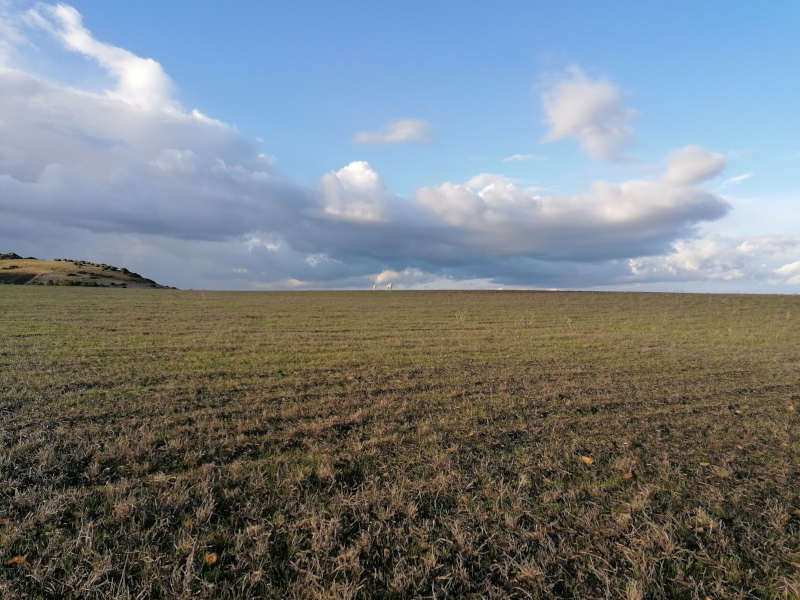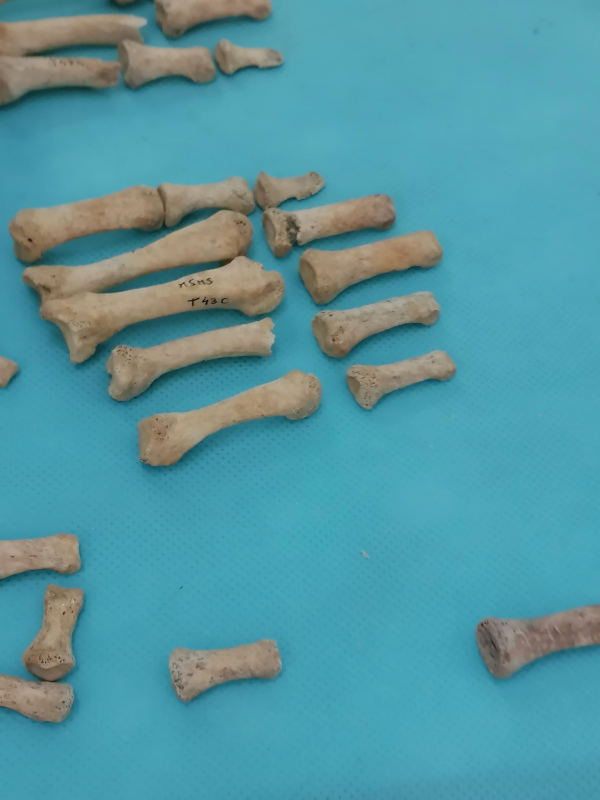About
The EU-funded IDENTIS research project proposes to change our understanding of identity by exploring social relations development in Imperial period Sardinia through the combined use of archaeological surveys, genetic analysis, and social theory.
IDENTIS aims to study how the identities of ancient communities were shaped by interacting with the past, with power, and with the surrounding material environment. It focuses primarily on the bodies of the communities buried in the Roman imperial period in rural Sardinia. IDENTIS provides new knowledge on the underexplored settlements and productive sites around the necropolises studied, and on the practices used by the rural communities to avoid social clashes in reaction to power relationships and the Roman Empire’s pressure to enhance their agricultural productivity


Contemporary background of research
Identity as an immutable package of elements represents a key element in the rising discourse, particularly in the Mediterranean. However, in many parts of Europe there is a trend to redefine identity. Archaeology is also invited to play an active role.
IDENTIS studies the ancient past as a tool to understand contemporary socio-political and economic phenomena and challenges, aiming to give an historical voice to the silenced multitudes, promoting a more inclusive and fairer world. An example of this aim in action is this paper given in February 2023 to the Theoretical Roman Archaeology Conference - TRAC webinar series, where rural communities of Roman Sardinia and migrant workers in Qatar are looked at in comparison.

Research
IDENTIS is an interdisciplinary and collaborative research that, in order to give voice to the communities left voiceless by history, focuses on their bodies and the spaces they occupied at work, through integrated landscape studies, osteological and palaeopathological investigations, and genetic analyses. IDENTIS provides the first contextualization of the Roman period funerary evidence already available in Marmilla, a rural area at the heart of Sardinia’s agricultural activities and exploitation both today and in antiquity. The organization of several archaeological surveys in the area with students from Ca’ Foscari University of Venice and University of Ferrara is the first step to reconstruct the lives of those women and men far from power - likely peasants and slaves - that tend to get lost in an historical reconstruction based on grand events.


In order to understand the lives of the rural communities of Sardinia, the theoretical framework sued by IDENTIS puts the body at the centre, requiring ostheological and palaeopathological investigations of the human bones run collaboratively between Ca’ Foscari University of Venice and the Department of Life and Environmental Science at the University of Cagliari.
Giving voice to members of rural communities that very likely had, amongst their possessions, almost exclusively their bodies, means that analysing their bodies in detail is the main chance we have to reconstruct their lives in the more nuanced possible way, avoiding essentialisms and monolithic paradigms. This is why IDENTIS collaborates with the Archaeo- and Paleogenetic Group [DEU] at the University of Tubingen to run DNA analyses on the bones from the necropolis of Masullas, aimed at obtaining results in terms of pathologies, kin relationships, sex.

Secondment
Bringing together different scholarly fields, but also different audiences, is the goal of the culminating deliverable of this Marie Curie fellowship: I am currently collaborating with the Museum of Broken Relationships in Zagreb, Croatia, through a secondment to set up an exhibition to be held in Venice in August-October 2023 (see section on this web page). The Museum of Broken Relationships is an original creative art project conceived by Olinka Vištica and Dražen Grubišić in 2006. It has since taken thousands of people on an empathetic journey around the world, challenging our ideas about heritage. Its original permanent location was founded in Zagreb. In 2010 it won the EMYA Kenneth Hudson Award as the most innovative and daring museum project in Europe. We will display the archaeological evidence of women and men in Roman Sardinia alongside the memorialised material and immaterial remains of contemporary broken relationships housed in the Croatian museum. The exhibition ‘Shards of the Past’ will indeed showcase the results of the collaborative network I have established and expanded during my Marie Curie fellowship, focussing on the human remains and practices of the rural communities of the Roman Mediterranean.

Outputs
IDENTIS delivers outputs of different nature: the fieldworks run in Sardinia with the students of the Universities of Venice and Ferrara did not only provide fresh archaeological data which allow us to have a better understanding of Roman Sardinia, but also offered an opportunity to the students involved to learn and discuss social theory while embracing archaeological techniques on field. The project delivers several publications ranging from the place of archaeology in current society, for Actes Semiotiques, to the critical study of interpretive paradigms of the Roman world for Otivm, and will culminate in the special issue I am editing for the Cambridge Archaeological Journal, which collects our efforts from the Symposium held in Venice in May 2022 with 16 international speakers from the remit of archaeology, semiotics, critical theory, museum curatorship and digital humanities to discuss the theme of ‘Archaeology and Identity’.

